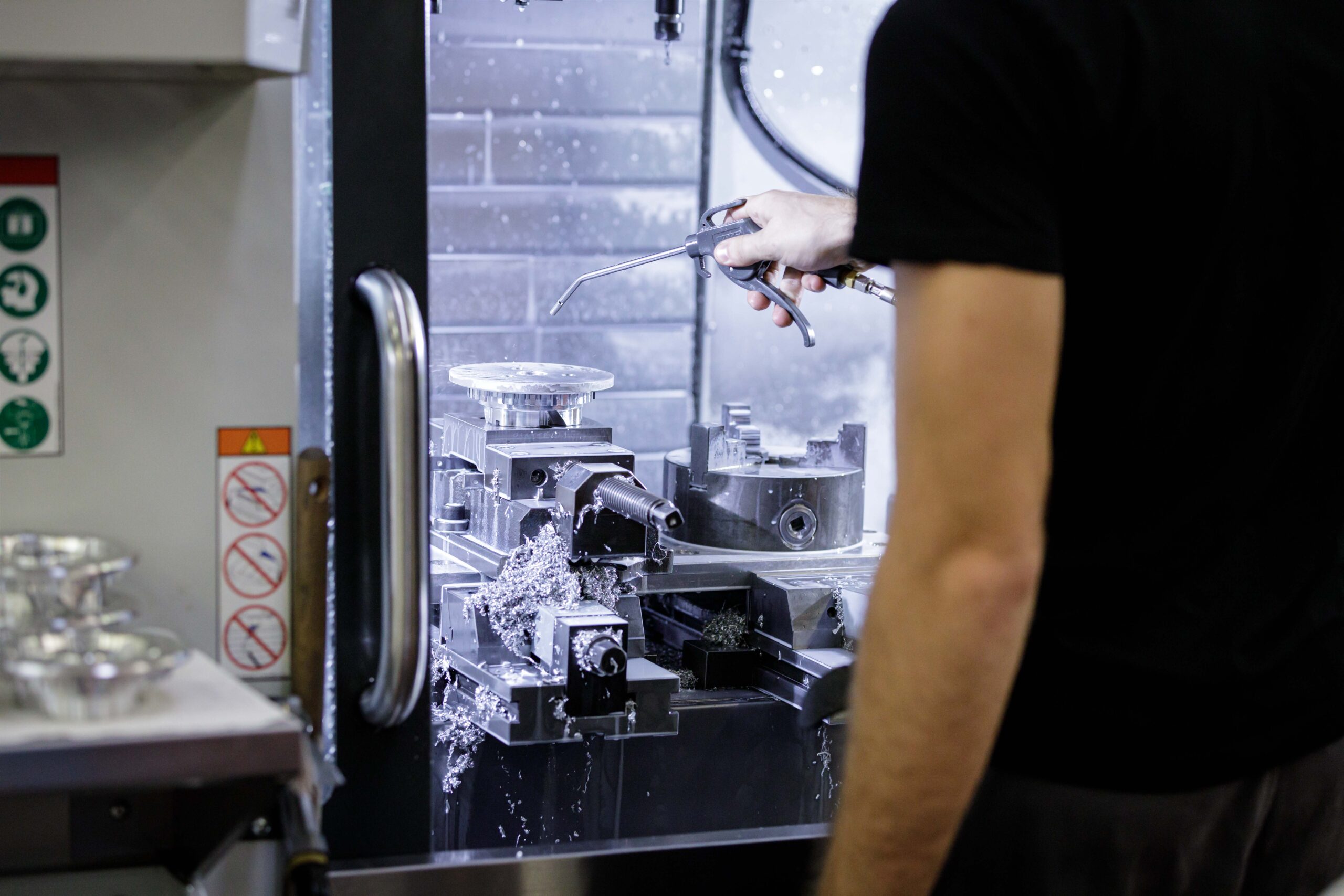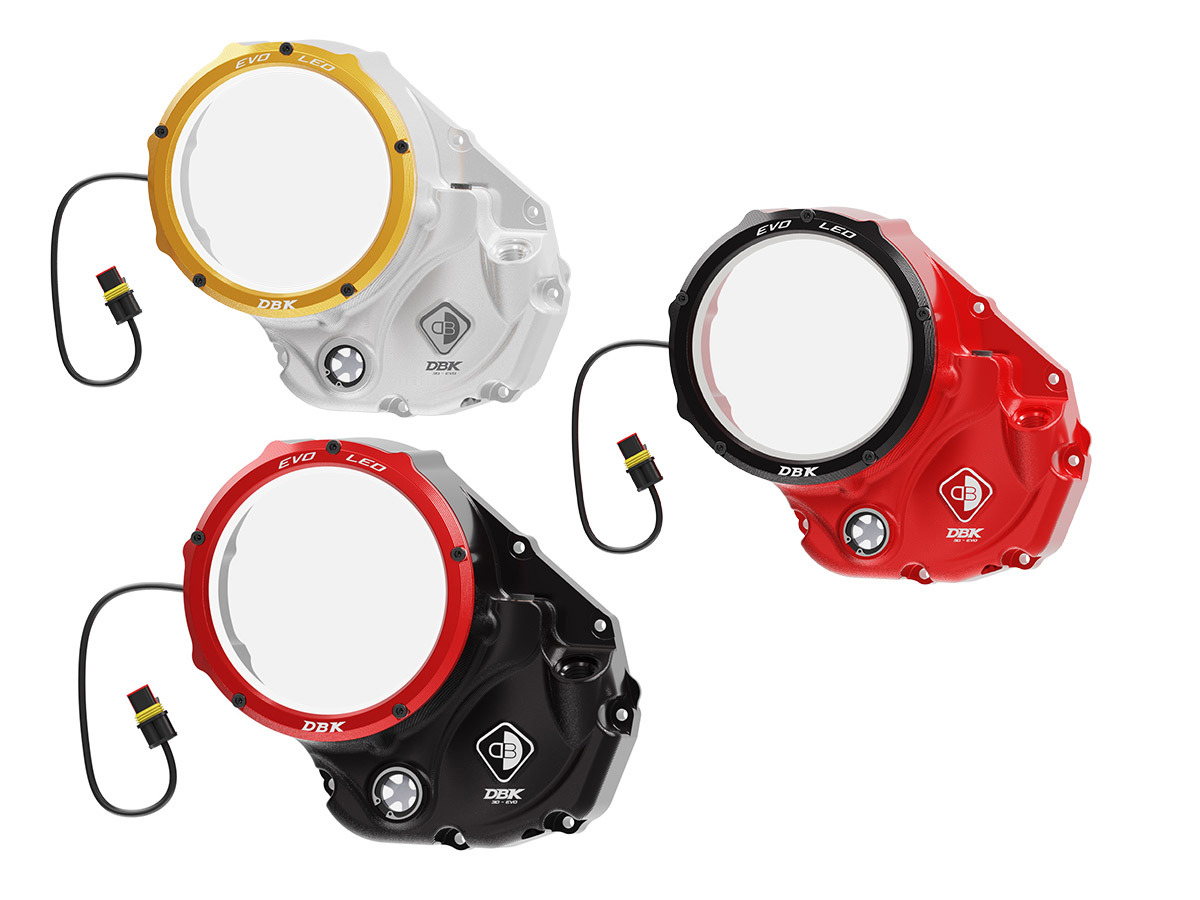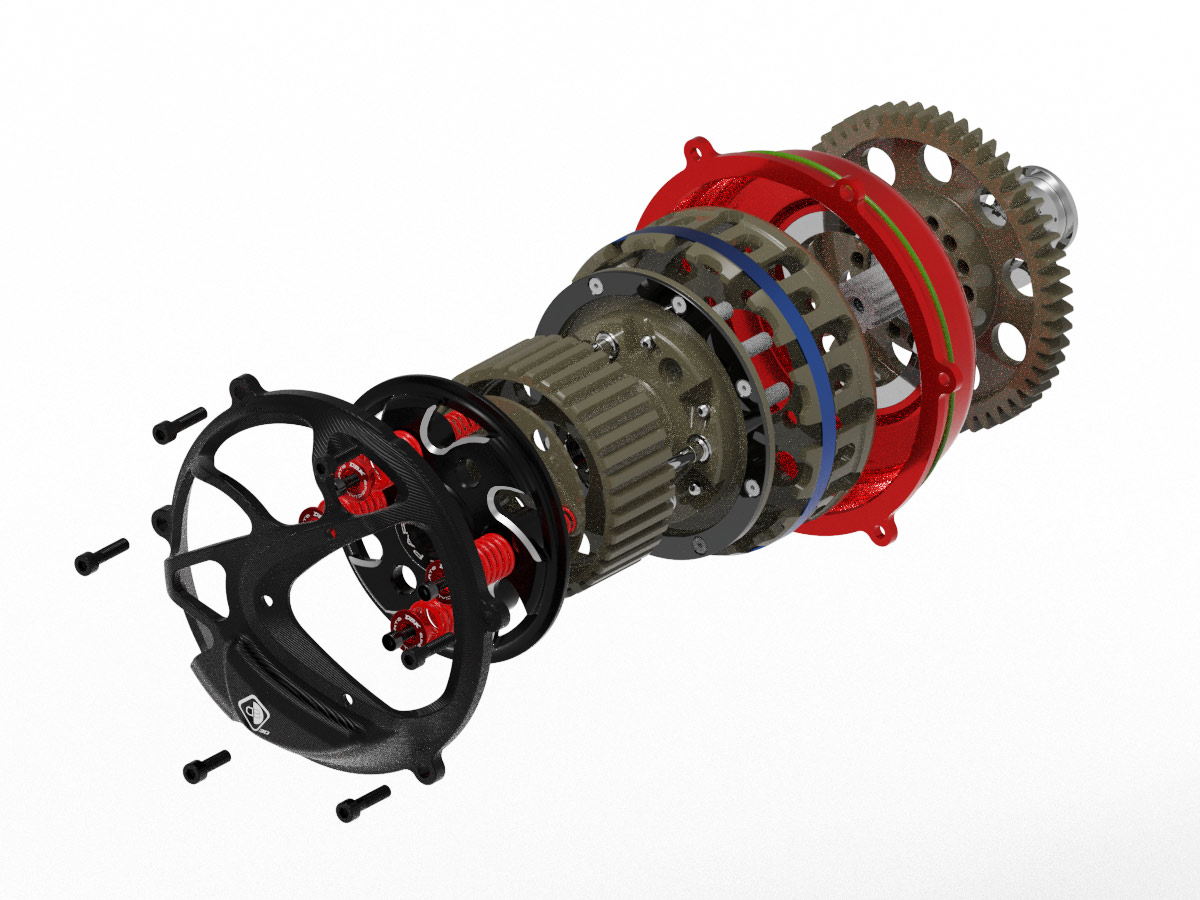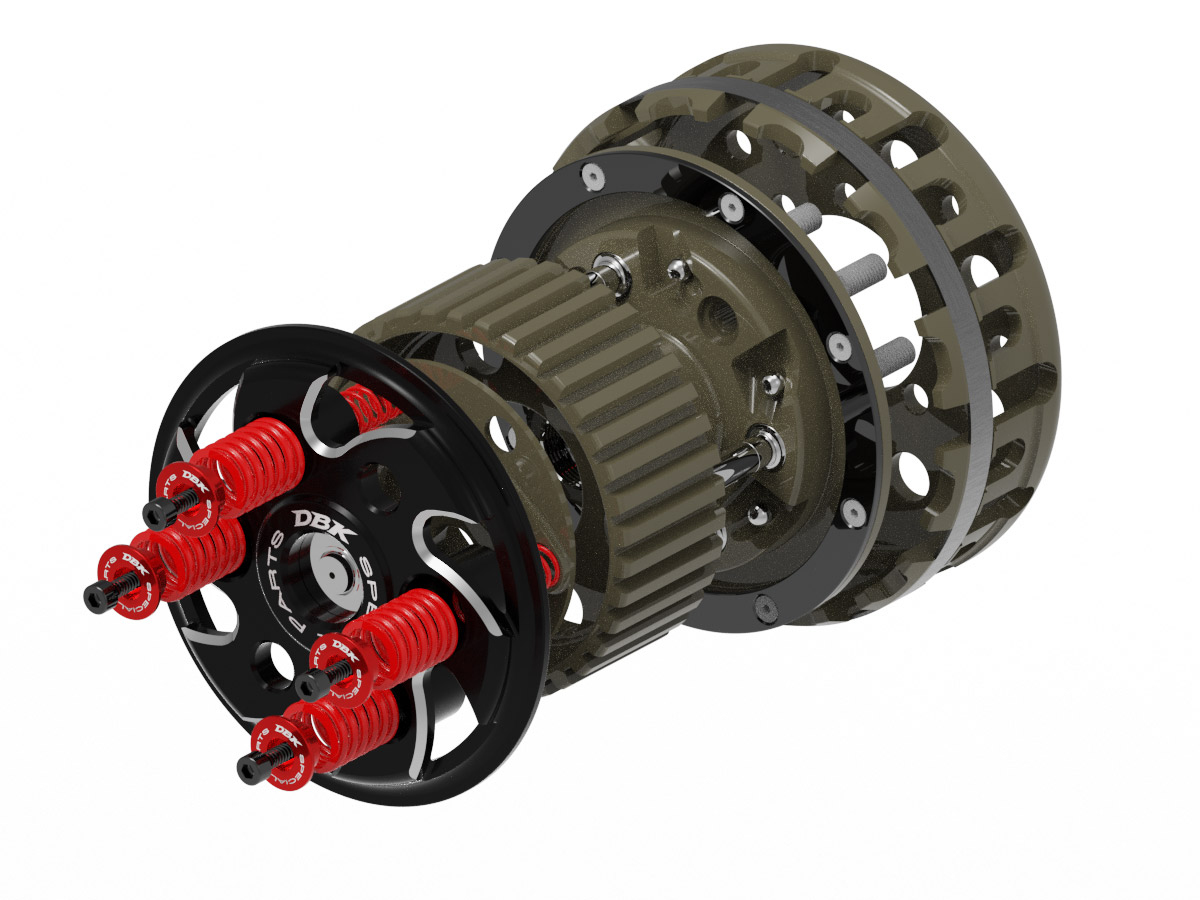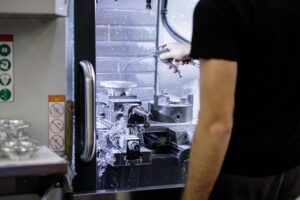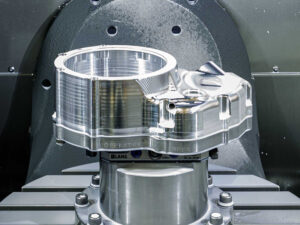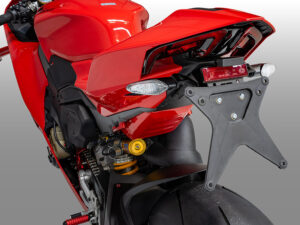Table of contents:
- What is a CNC machine?
- Components and how it works
- CNC machining for the motorcycle industry
1.What is a CNC machine?
Technical definition:
A CNC (computer numerical control) machine can perform complex mechanical operations through digital instructions. The machine operates via Cartesian axes (X, Y, and Z) using tools for milling, turning, drilling, or cutting.
Types of CNC machines::
There are different types of CNC machines, all of which operate according to similar principles but vary based on the type of tool and material being machined. For example, we have CNC lathes and milling machines, as well as CNC laser and plasma cutters.
2. Components and operation:
CAD, CAM and G-code: the digital chain
The process begins with the design in CAD (Computer-Aided Design), converted to CAM (Computer-Aided Manufacturing) to generate the G-code,that is, the machine language that controls the axes and the machining operations.
The three axes (X, Y, Z) and interpolated movements
Each CNC machine moves along three (or more) axes, performing millimetric movements guided by the software. Interpolation between axes allows for complex machining operations, even on three-dimensional geometries.
Tools, chucks and automatic gearboxes
The spindle is the operational heart of the machine. Different operations are performed depending on the tool mounted (milling cutter, drill bit, thread cutter). The most advanced models integrate a tool magazine with automatic change for multi-step machining.
3. CNC machining for the motorcycle sector
Precision and repeatability for motorcycle accessories
In our industry, CNC precision is crucial for the production of aluminum accessories. CNC machines guarantee tolerances in the order of hundredths of a millimeter.
From prototype to production
Once the prototype model has been validated, a CNC machine can guarantee the same quality and precision throughout the entire production batch, using integrated control systems to ensure a consistently high-quality final product.

